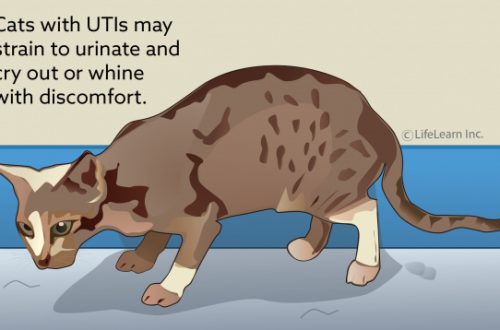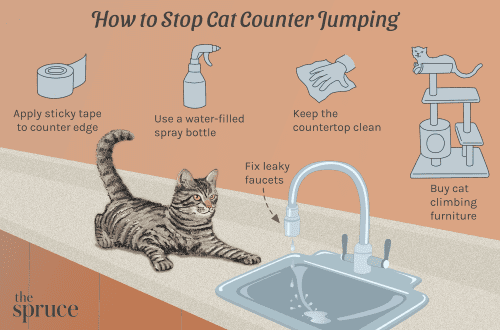
Ear mites in cats
Many owners are concerned about the question of how to recognize the symptoms that an infection has occurred. ear mites in cats and whether it is possible to cure the disease at home. Let’s try to figure it out.
 In the photo: an ear mite in a cat
In the photo: an ear mite in a cat
Contents
What is an ear mite and where does it live
The ear mite (scientifically otodektos cynotis) is the cause of the disease in cats (less often other pets) with infectious otodectosis. The disease is associated with constant discomfort and is highly contagious. As a rule, ear mites in cats inhabit the ear canal, the outer part of the shell, and the eardrum. Sometimes you can meet an intruder on the head of an animal, but the ears are a favorite place, since earwax is a breeding ground for both an adult parasite and a larva that has just hatched from an egg. Ear mites are nondescript pale yellow organisms ranging in size from 0,2 to 0,7 mm. But it is most often impossible to see them without special optical instruments. If favorable conditions are created for the ear mite in cats, the parasitic colony causes ear scabies (acute otodectosis). This is quite unpleasant, and in addition, it reduces the protective reaction of the body, leads to damage to internal organs. As a rule, kittens under 1 year old get sick, less often adult animals.
Ways of infecting cats with ear mites
The disease is highly contagious. A healthy cat becomes infected from a sick one. A domestic cat can also become infected through infected rugs or dishes.
Symptoms of an ear mite infection in a cat
- A small gritty black coating appears in the ear: it is a mixture of sulfur, parasite secretions and cat’s blood.
- The cat is nervous, as if shaking something off its head, trying to get its paw into the ear canal, scratching the ear until it bleeds, rubbing its head against the furniture.
- There is an unpleasant smell.
- Brown fluid comes out of the ears.
- Hearing worsens (and in severe cases disappears).
- Sometimes the body temperature rises.
Treating an ear mite infestation in cats
Although the probability of infecting other animals besides cats is not very high, if a parasite is found in one pet, all four-legged animals living in the house are treated. Insecticide-based preparations are used to destroy the parasite. However, they are powerless against laid eggs, so the course of treatment lasts three weeks: this period captures the entire life cycle of ticks. Special drops containing an antibiotic destroy both eggs and adult parasites. To reduce discomfort for the cat, it is better to slightly warm the drops. Before dripping the medicine, be sure to clean the ear from dried crusts and purulent discharge. To do this, use a cotton swab moistened with a special lotion. After instillation of the drug, the ears are lightly massaged at the base. If the treatment is prescribed not only for cats, but also for dogs living in the same house, remember that dogs may have intolerance to invermectin. It is also impossible to treat small animals with preparations containing it. Therefore, be sure to read the instructions before using any medicine. There are medicines in the form of aerosols or ointments. The ointment is applied to the ear with a special spatula, and then the ear is lightly massaged. The spray is evenly sprayed on the inner surface of the ears. There are drops that are applied to the withers – these drugs are effective not only against ticks, but also against fleas. There are home remedies for ear mites in cats:
- Green tea leaves (1 tablespoon) are poured with boiling water (1 cup). Infuse for 5 minutes and, after cooling, instill in the ears every day for 1 month.
- Garlic is insisted on oil (almond, olive, sunflower) for a day. Then daily instilled into the ears.
- Green leaves and stems of celandine are processed in a meat grinder, juice is squeezed out of them. 2 drops are instilled into each ear 2 times a day.
- 1 part of an alcohol solution of iodine is mixed with 4 parts of vegetable oil or glycerin. Then, once a day, the inner cavity of the ear is treated.
The process of treating an ear mite infection in cats is simple, so it can be done at home. The main thing is not to start the disease and contact the veterinarian at the first sign. After the course of treatment, be sure to carry out wet cleaning so that ticks expelled from infected animals do not crawl onto healthy ones. It has not been proven that ear mites can be transmitted to humans, so you don’t have to worry about your own health.





